PsychNewsDaily Publishers
100 Summit Drive
Burlington, MA, 01803
Telephone: (320) 349-2484
PsychNewsDaily Publishers
100 Summit Drive
Burlington, MA, 01803
Telephone: (320) 349-2484
Sommeliers prefer affordable, flavorful wines like Beaujolais Nouveau and Oregon Pinot Noir for relaxation, favoring unique varietals that pair well with everyday meals.

Ever wondered what wines sommeliers reach for when they’re off the clock? You’re definitely not the only one. People often imagine sommeliers sipping rare, pricey bottles at home, but honestly, their favorites might catch you off guard.
Turns out, sommeliers usually grab wines that are affordable, tasty, and easy to relax with after a long day. Here’s a peek at the wines they secretly love—and why you might want to add them to your own stash.
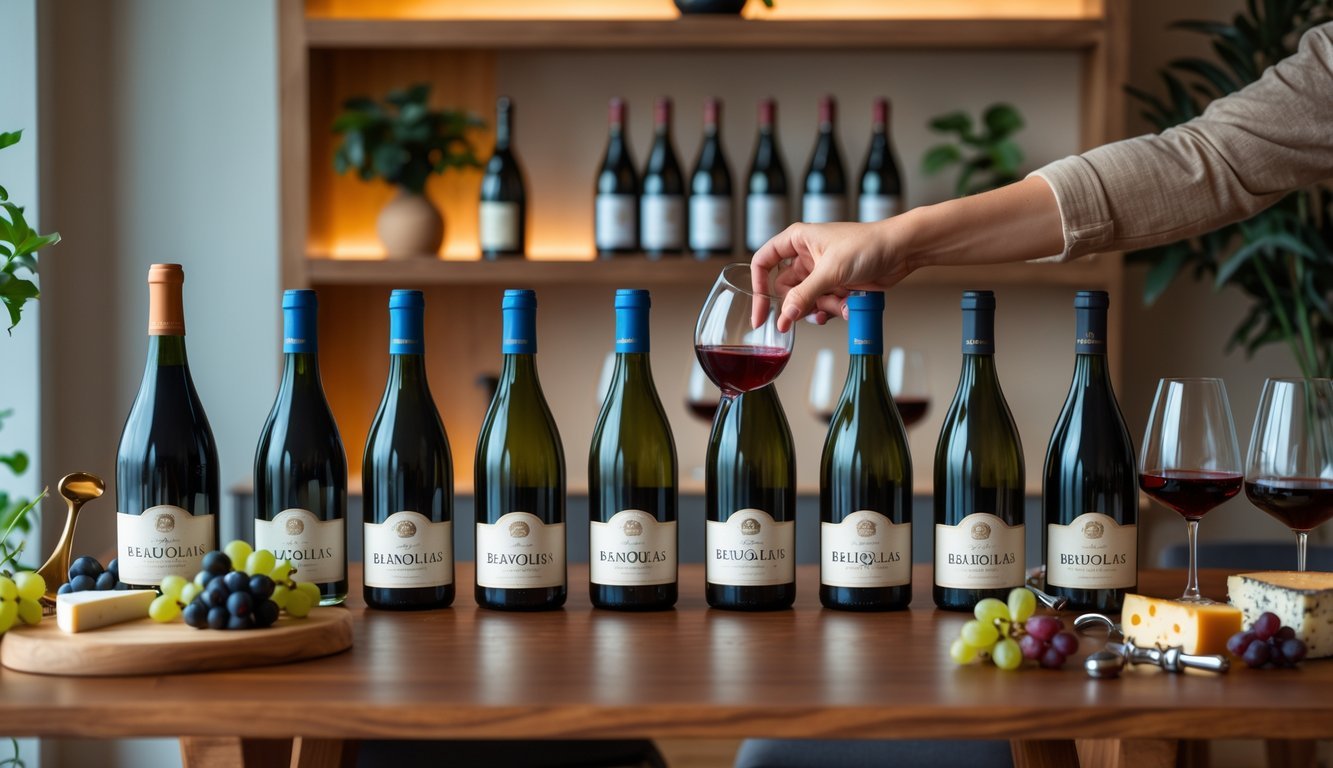
Beaujolais Nouveau bursts with fresh, fruity flavors and you can drink it almost as soon as it’s bottled. It’s light, playful, and perfect for a laid-back night or a quick dinner.
You might notice berry and candy notes that make it feel fun and unpretentious. It’s not meant for aging, so don’t wait—just pop it open while it’s young.
Sommeliers often reach for Beaujolais Nouveau when they want something simple that goes with roast chicken or even a cheese plate. There’s a lot of joy in its easygoing style.
If your usual reds feel heavy, give this one a shot. It’s a nice change of pace.
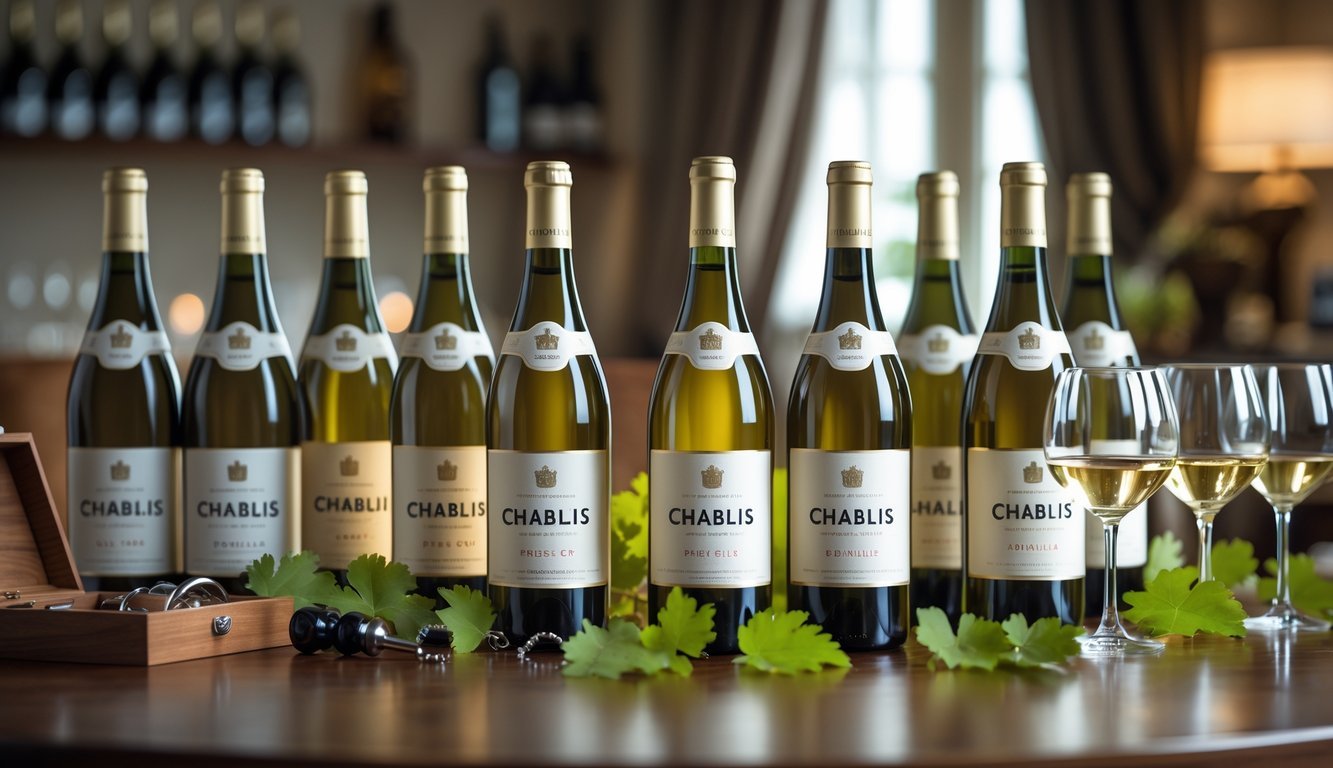
Chablis Premier Cru sounds fancy, but honestly, it’s great for everyday sipping. It comes from special vineyards in France’s Chablis region and has a reputation for freshness.
This wine brings bright acidity and a mineral kick, which makes it awesome with seafood—especially oysters. You get crisp, clean flavors and a subtle salty edge.
If you’re tired of heavy, oaky whites, Chablis Premier Cru feels like a breath of fresh air. It’s elegant but not fussy.
Try it on its own or with a simple meal and see how it shines.
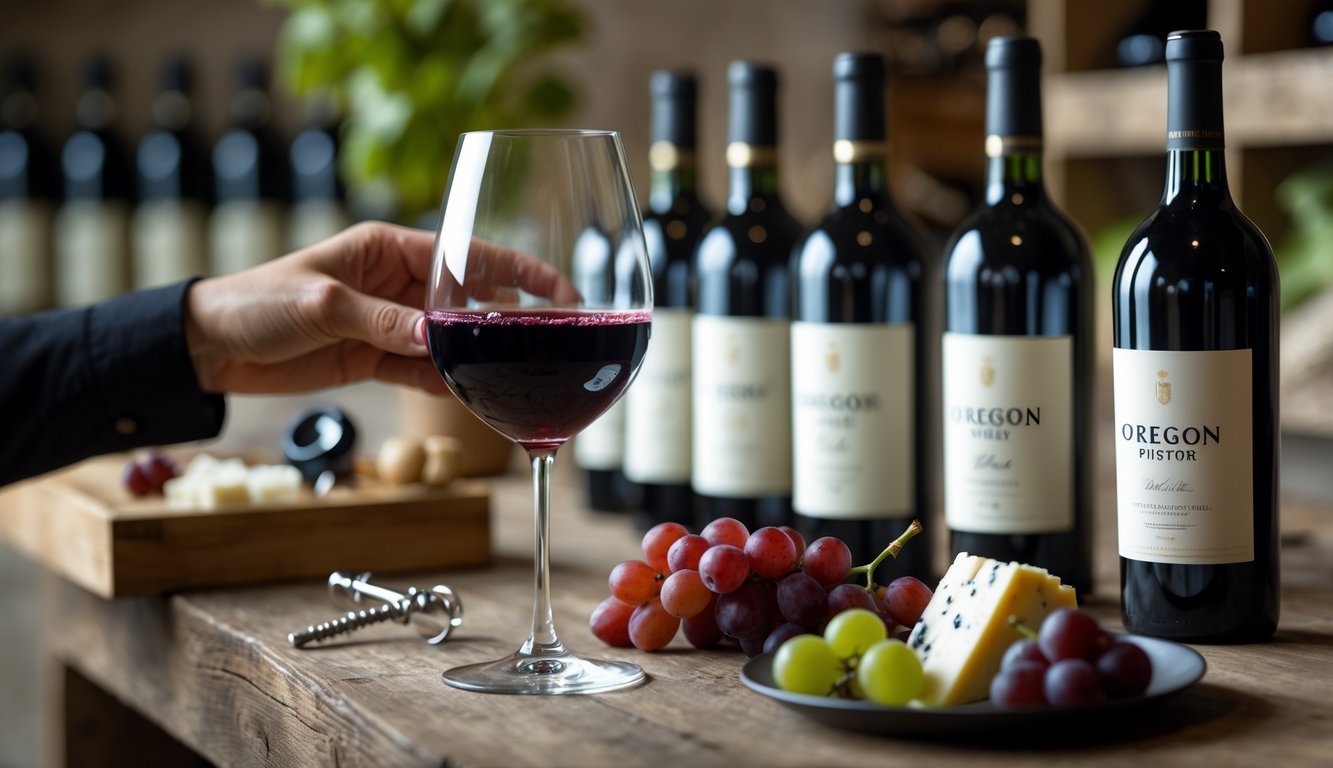
Love red wine? Oregon Pinot Noir should be on your list. The region’s cool weather and unique soils make for soft, fruity wines that feel smooth and light.
You’ll catch flavors like cherry, raspberry, and maybe a bit of earthiness. The finish is silky and easy to drink.
Most folks talk about the Willamette Valley when they mention Oregon Pinot. Sommeliers love these wines for their quality and price—they don’t break the bank or weigh you down.
Next time you want something balanced and tasty, reach for an Oregon Pinot.
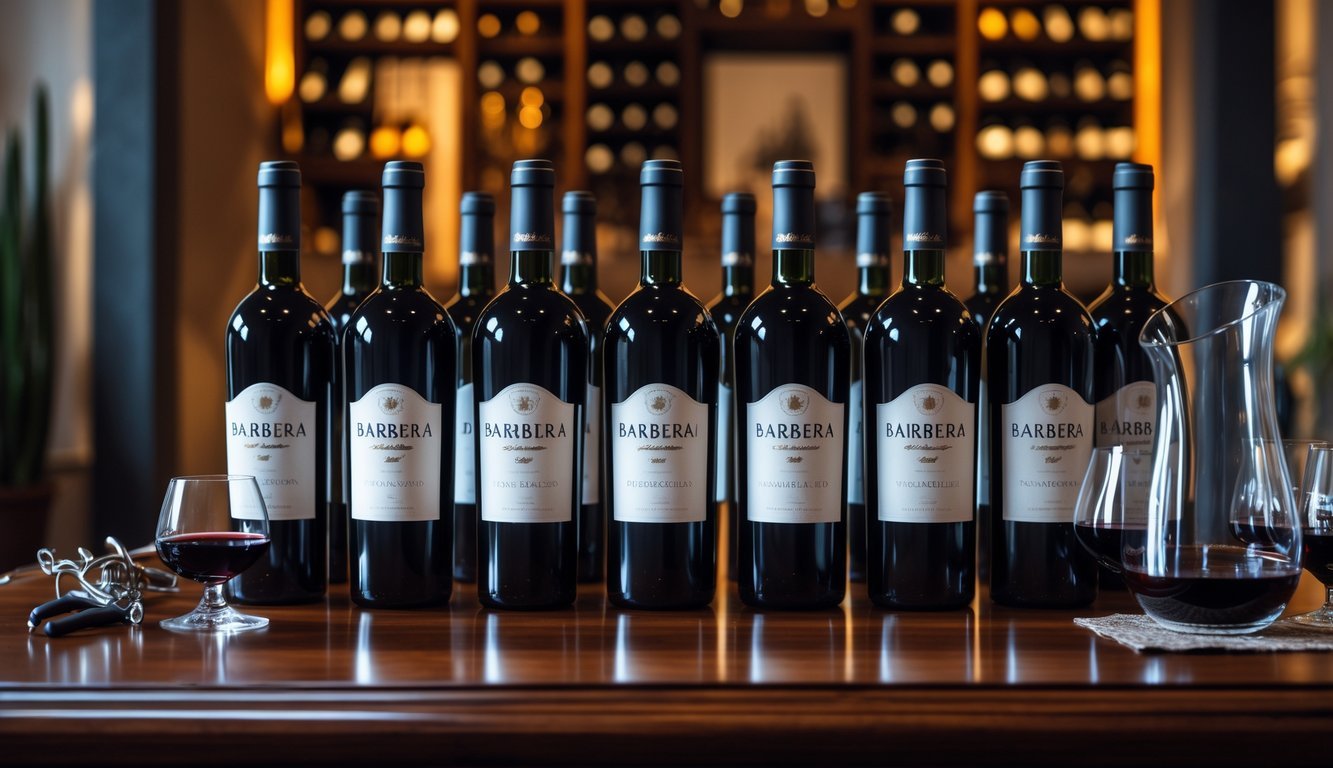
Barbera d’Alba comes from Italy’s Piedmont region and really stands out for its bright acidity and juicy cherry flavors. It’s a go-to when you want a wine that plays well with food.
You’ll taste red and black fruits, sometimes with a hint of spice or a touch of oak. It’s lively, fresh, but there’s some depth there too.
Sommeliers often reach for Barbera d’Alba because it’s both everyday-friendly and a bit complex. Plus, it offers real value—great quality without a scary price tag.
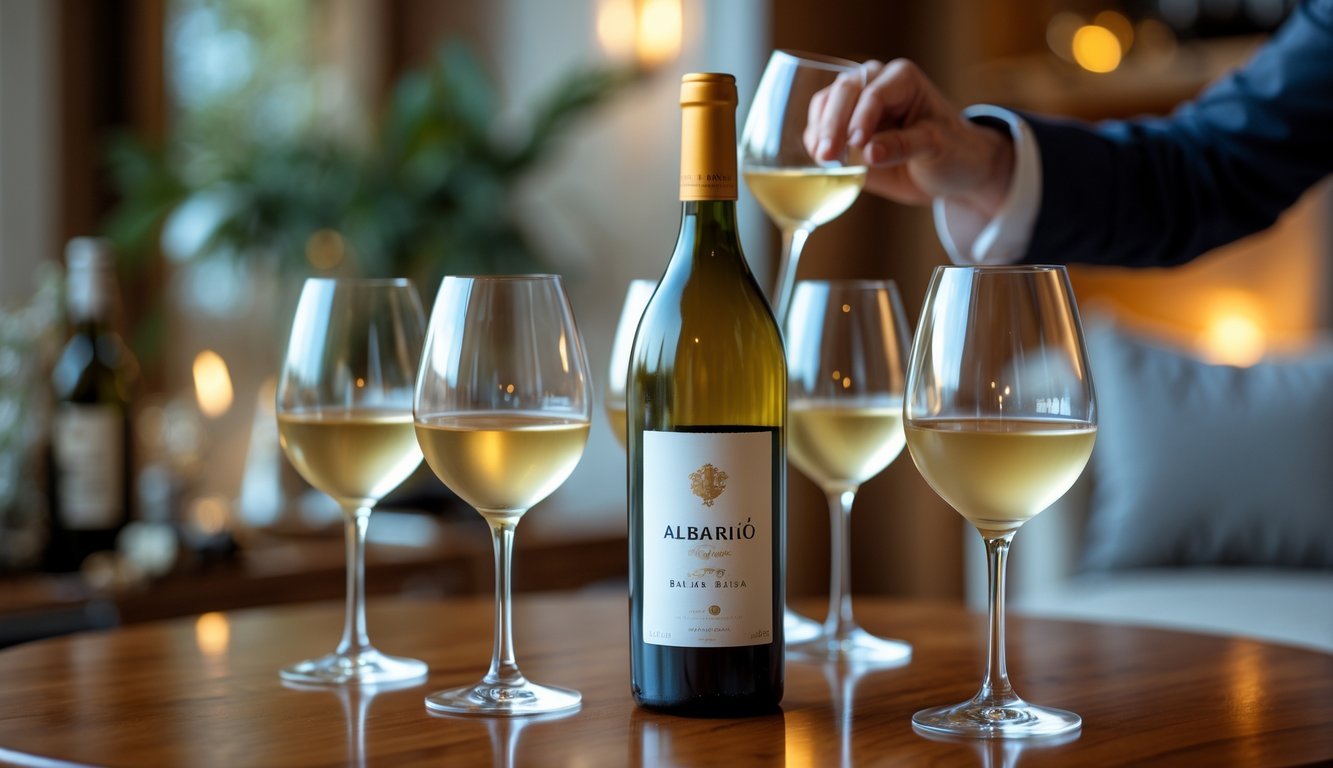
If you’re into crisp, fresh whites, Albariño from Spain’s Rías Baixas region is a must-try. This grape thrives in the cool, coastal climate of northwest Spain.
Expect fruity and floral notes, with a splash of citrus and a touch of minerality. The ocean air gives these wines a refreshing, light feel that’s perfect with seafood or salads.
Albariño is easy to drink solo or with friends. Sommeliers love it for its quality and price—it’s not going to empty your wallet.

Looking for something a little off the beaten path? Château Musar Red from Lebanon’s Bekaa Valley could be your answer. They blend Cabernet Sauvignon, Carignan, and Cinsault to make a wine that’s deep, rich, and layered with blackcurrant, cherries, and a hint of leather.
Château Musar wines age beautifully. Older bottles can surprise you with their complexity.
The vineyard keeps things natural—minimal interference, organic methods, and a focus on letting the grapes do their thing. You’ll taste the freshness, even in a warm climate.
It’s a bit quirky, but that’s what makes it fun to discover at home.
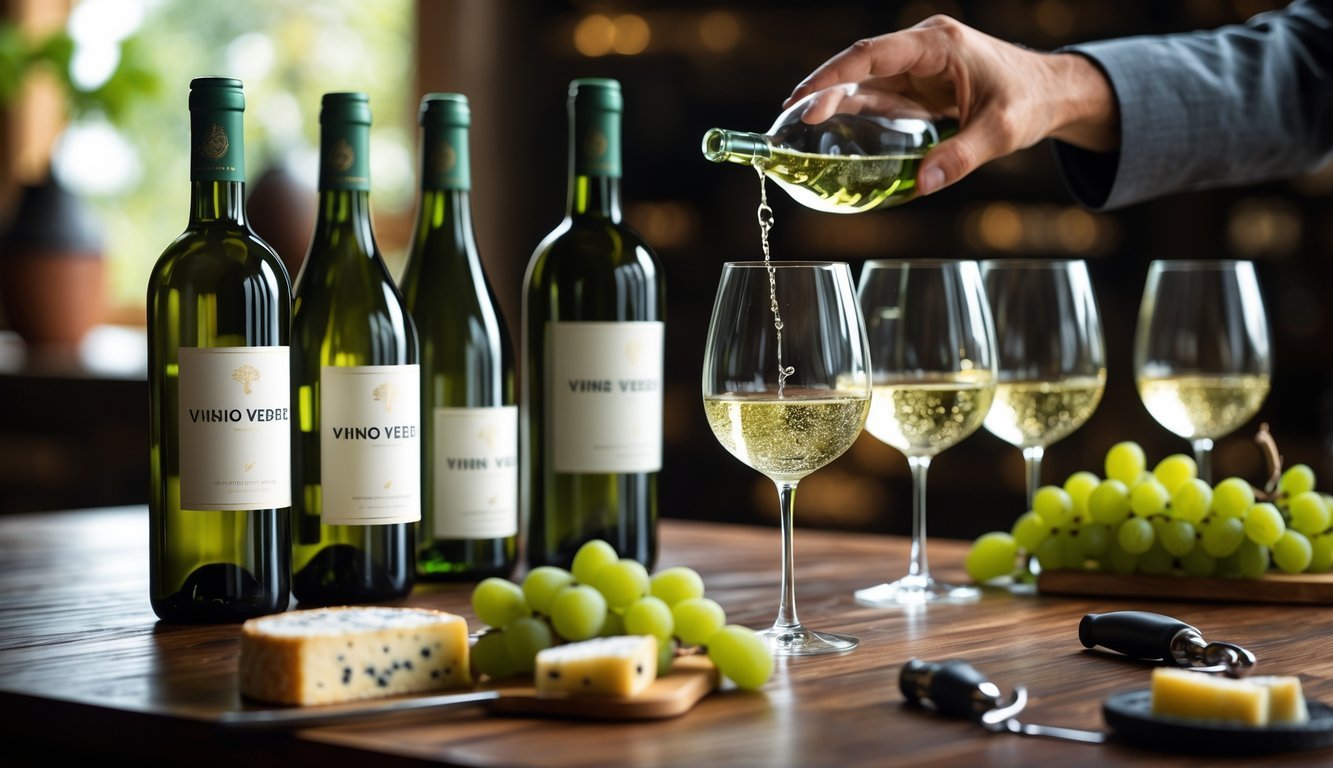
Vinho Verde from Portugal is a go-to for many sommeliers when they want something light and refreshing. It often has a subtle fizz, which makes it extra lively on a hot day.
Most Vinho Verde is white, but you’ll find some red and rosé versions too. The whites stand out for their bright acidity and zesty flavors.
Pair it with just about anything—seriously, it’s that flexible. Plus, it’s usually super affordable, so you can stock up without guilt.
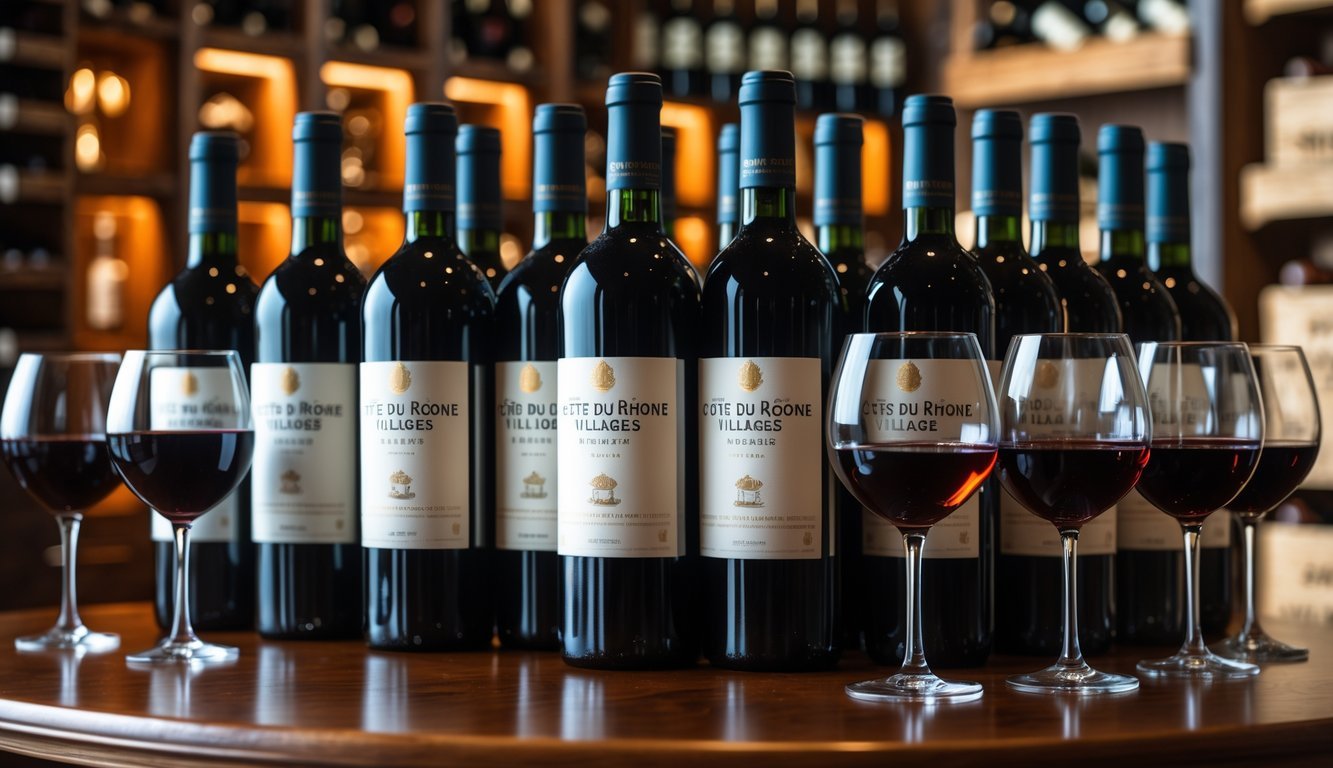
Côtes du Rhône Villages is a staple for easy, everyday drinking. These reds from Southern France are smooth and go with almost any meal.
You’ll get a little spice, lots of fruit, and a step up in quality from basic Côtes du Rhône, but the price stays reasonable.
They come from a smaller, select area within the Rhône, so you get more character in every sip.
Sommeliers like these wines for their value and reliability. Try one with a simple dinner and see why they’re a home favorite.

Muscadet Sèvre et Maine is a dry, light white from France’s Loire Valley. It’s made with Melon de Bourgogne grapes and tastes fresh, crisp, with citrus and mineral notes.
Seafood and Muscadet are a classic match, thanks to the wine’s high acidity and clean finish. Sommeliers love it for its simplicity and surprising depth.
Some versions age “sur lie,” meaning the wine sits on yeast, which adds a touch of creaminess. It’s refreshing but never boring.
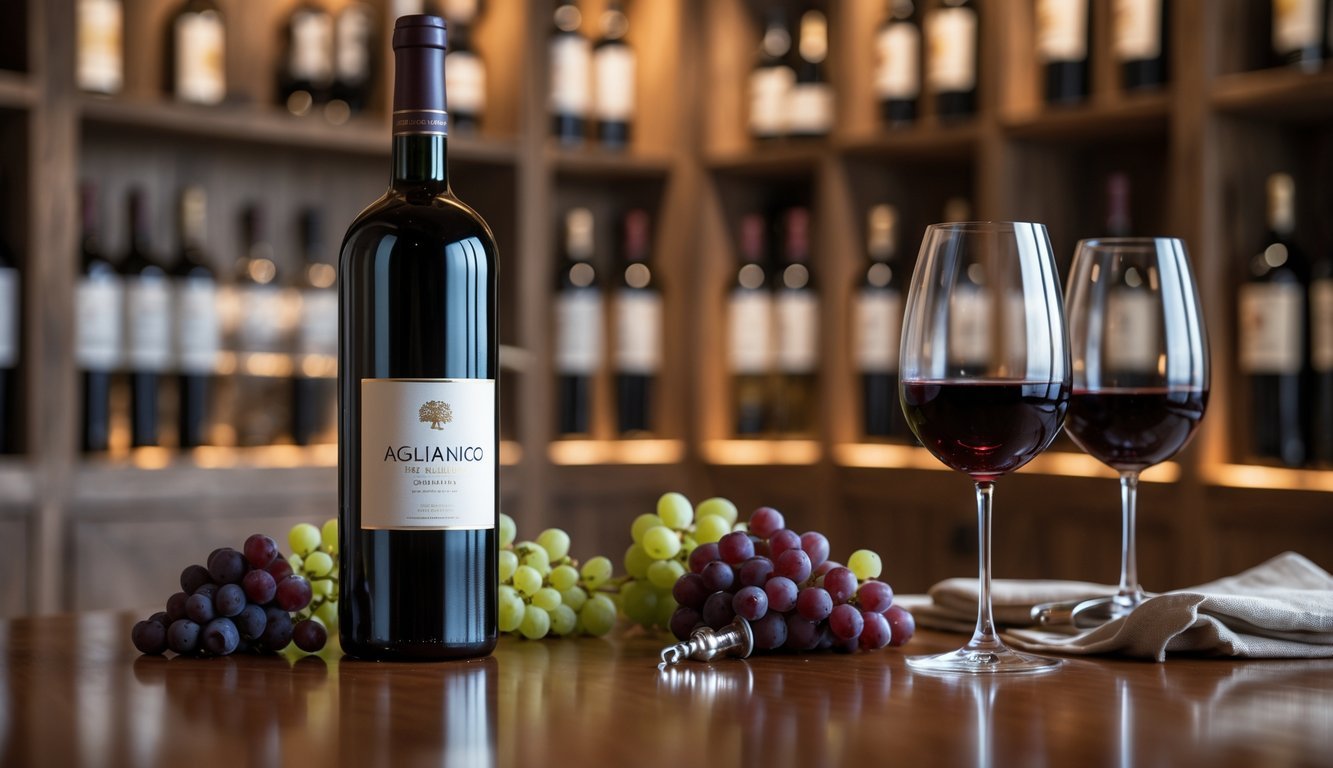
If you crave bold reds, Aglianico from Campania, Italy, could be your next favorite. It’s known for strong tannins and high acidity, so it ages like a champ—sometimes for 10 or 15 years.
You’ll taste dark fruit, spice, and a hint of smoky earth. When it’s young, it can feel a bit tough, but it softens beautifully with time.
Aglianico is fantastic with hearty meat dishes. If you want a wine that rewards patience, give this one a try.

Sommeliers usually pick wines that taste good to them, reflect where they’re from, and sometimes, what’s trending. They balance personal favorites with what’s practical or in style.
When sommeliers choose wines for themselves, their own taste buds win out. You might think they only drink fancy stuff, but most enjoy simple, affordable bottles at home.
They look for wines that fit their mood and budget, often picking lesser-known grapes or regions for the best value.
At work, they recommend wines to pair with food or match a guest’s taste, which isn’t always what they’d pour at home. Your own picks don’t have to line up with expert advice—drink what you like.
A wine’s origin plays a big role in what sommeliers reach for. Sure, Burgundy and Bordeaux get lots of respect, but sommeliers love exploring new places too.
You’ll catch them sipping bottles from Portugal, Greece, or South America because these spots offer unique flavors and better prices.
They know how climate and soil change a wine’s taste. That’s why they might grab a crisp white from New Zealand or a rich Italian red, depending on what they’re craving.
Trends in wine shape what sommeliers drink at home. Natural wines, lower-alcohol picks, and organic or biodynamic bottles are having a moment.
You might notice sommeliers reaching for sustainable wines or those with fewer additives—it’s a reflection of what more people want these days.
They keep up with trends but always trust their own palate. This mix means you’ll find all kinds of bottles in their homes, not just the pricey stuff on restaurant lists.

You can discover great wines by stepping outside your usual picks and thinking about what goes with the food you actually eat. Looking for unique grapes and easy pairings makes wine feel less intimidating—just like sommeliers do at home.
Try wines made from grapes you don’t see every day. Varietals like Trousseau, Grüner Veltliner, or Cinsault bring interesting flavors sommeliers love, even if most folks haven’t heard of them.
These wines often taste great and cost less because they’re under the radar. Look for bottles with bright acidity, balanced tannins, or unusual fruit notes.
Read labels or ask your local wine shop for help. Sampling smaller bottles or ordering by the glass is a low-risk way to find something new.
Think about what you usually eat and grab wines that complement your go-to meals without stealing the show. For instance, I love how a light Pinot Noir brings out the best in roasted chicken. If you’re into salads or seafood, a crisp Sauvignon Blanc just fits.
Here are a few easy tips to help you out:
Pairing wine and food like this can really make an ordinary dinner feel a bit more special. Honestly, you don’t need a fancy occasion or a huge budget to enjoy wine at home.